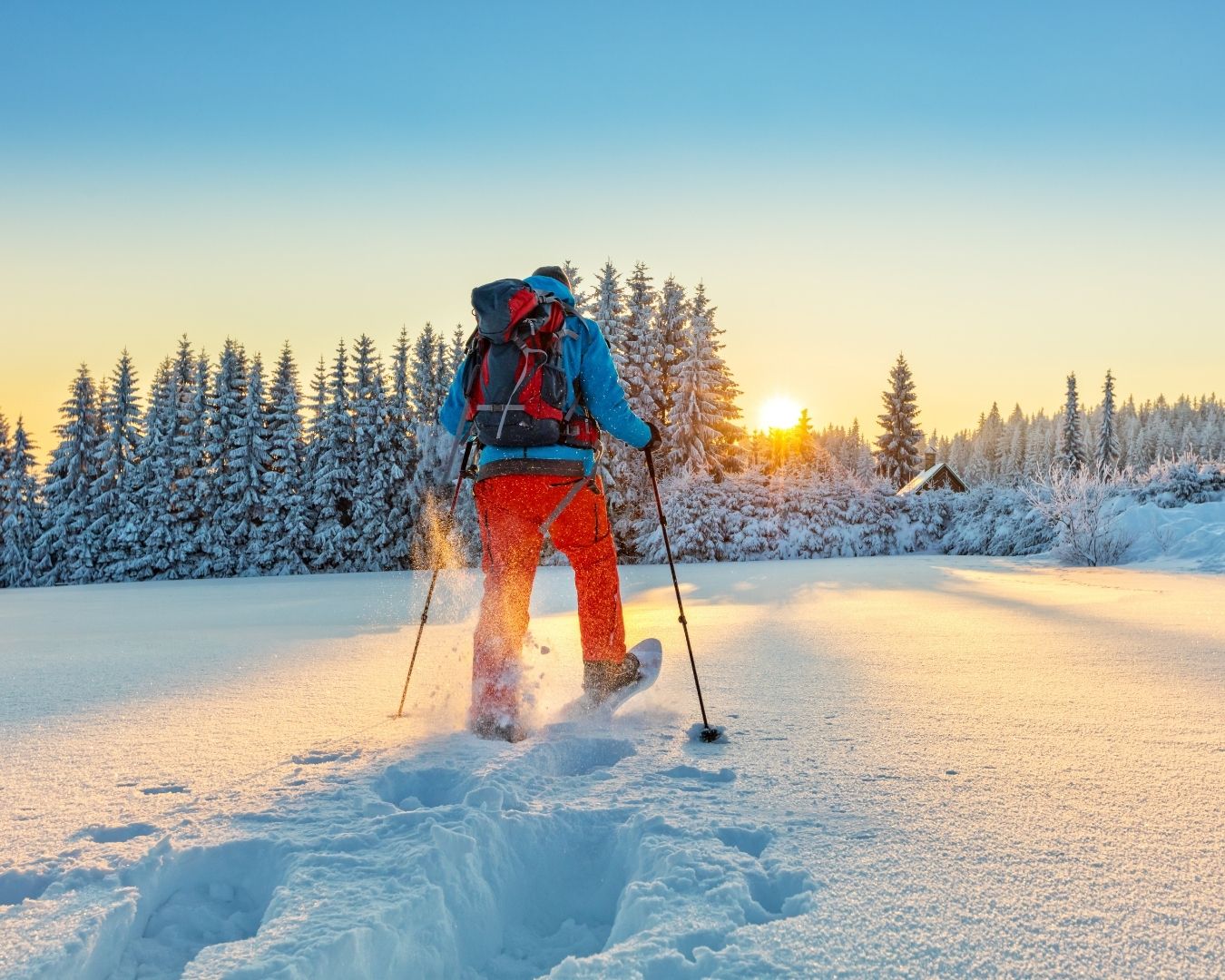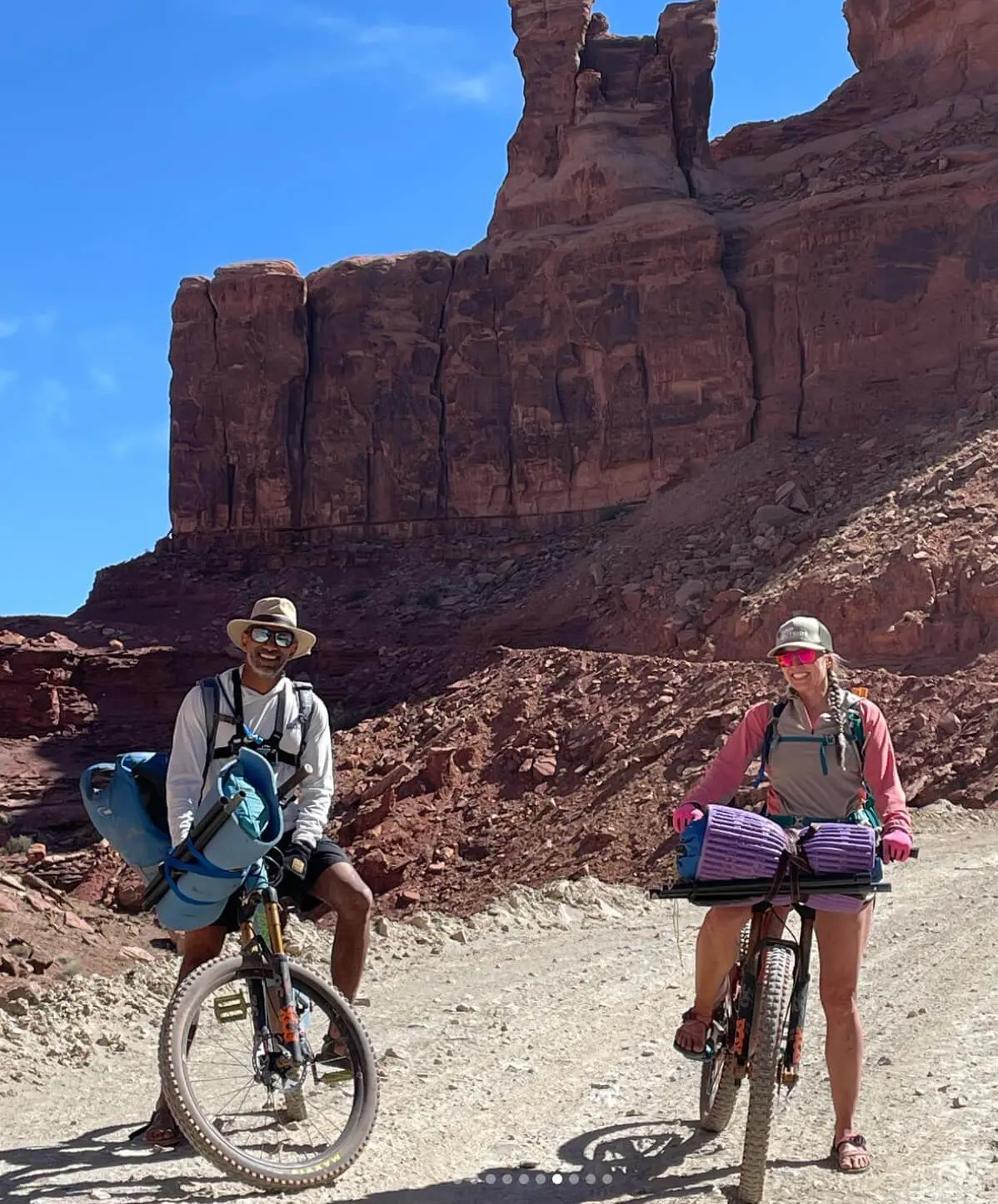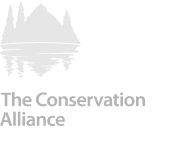What to Wear Snowshoeing: A Comprehensive Gear Guide
So you’ve decided to try out snowshoeing to explore the great outdoors in the winter. Great choice! Snowshoeing is one of our absolute favorite winter activities. It allows us to get outdoors and embrace the snow, get a workout and provides opportunities to spot wildlife. Our main winter squeeze is snowboarding, but we love taking an “off day” and heading out to snowshoe. We can bring our dog and take it a little slower to truly take in the scenery and look for wildlife.
In this snowshoeing clothing and gear guide, we’ll help you with what to wear snowshoeing – including clothing, footwear, snowshoes, poles for snowshoeing, the best snowshoeing accessories and other must-have gear recommendations.
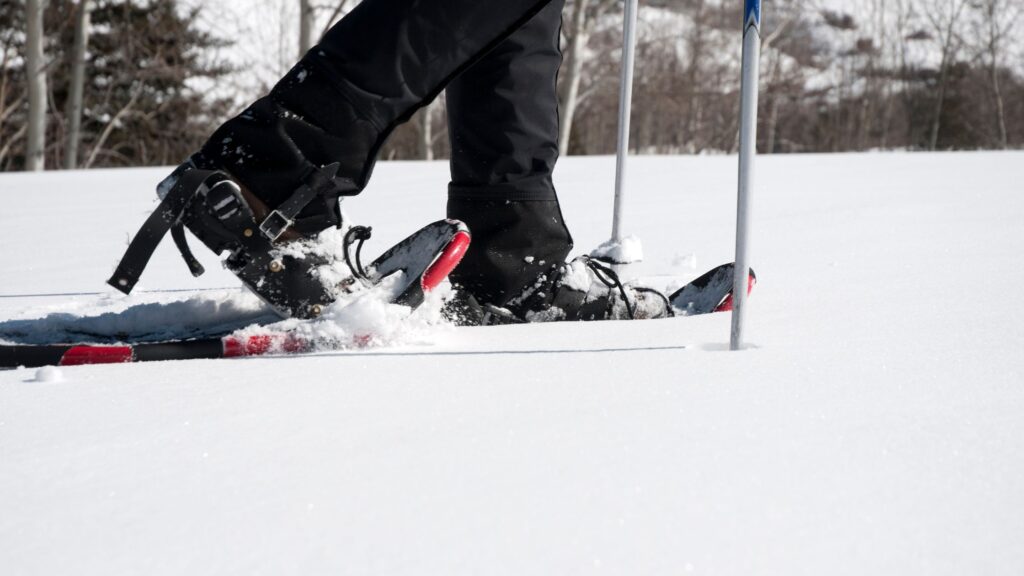
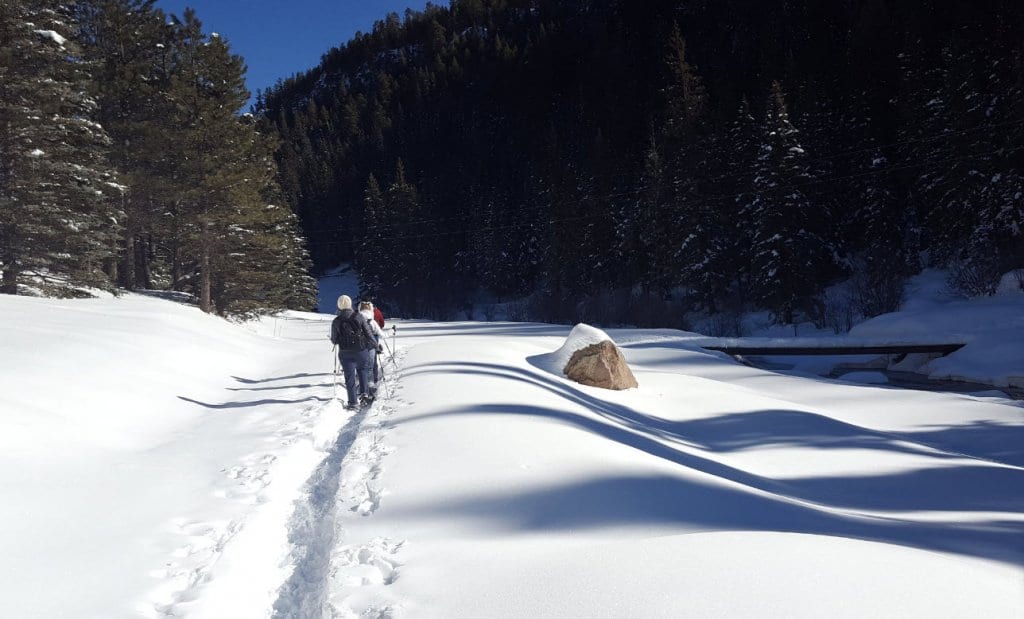
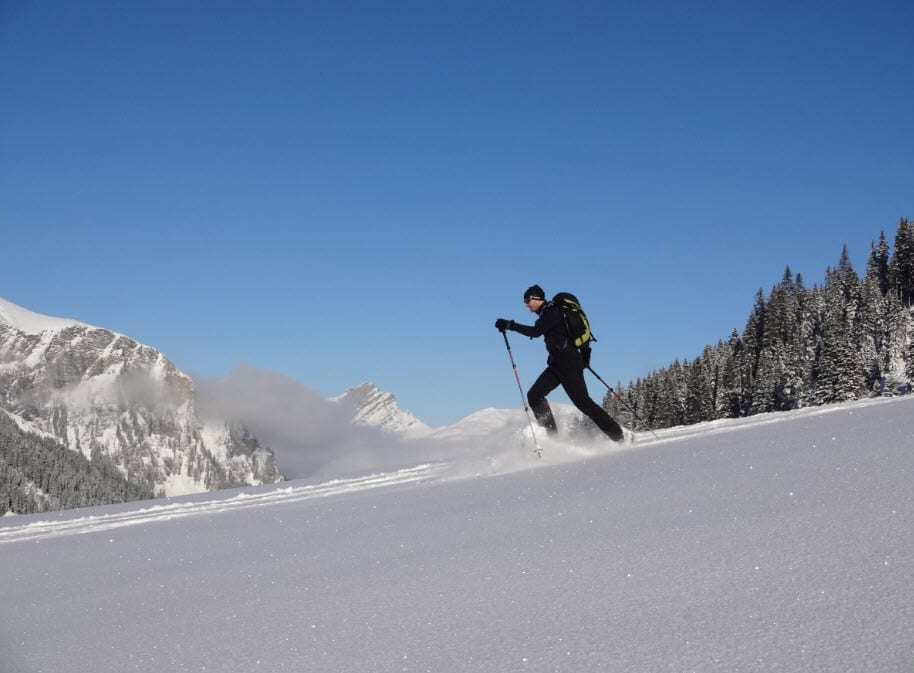
⚠️ Everything we purchase has an environmental impact, so here are some of our favorite tips to reduce our footprint:
- Don’t buy new products if you can help it!
- Borrow gear and clothing from friends or family members.
- Consider shopping for used gear on Patagonia Worn Wear or a local used outdoor gear store. Sometimes the gear that we’re looking for just isn’t available pre-loved, please consider supporting a local outdoor retailer before buying from a large chain. 🙏🏾
- Rent vs. buy: if you’re not sure that you’ll commit to the sport, consider renting the gear.
Clothing for Snowshoeing
The most important tip we have for what to wear snowshoeing is dressing in layers, layers, layers. You may start off the day chilly, but once you get going – especially if it’s hilly terrain or sunny out – you will warm up quickly and want to shed layers.
Base Layers
Your journey begins with the perfect base layer. Make sure your base layer is moisture-wicking to keep you cozy and dry. Base layers come in many forms – pants, shirts, sports bras, socks, and even tights. They are designed to be lightweight – you can layer them on without feeling awkward, and pack them without worrying about taking up too much space. Base layers are typically made of synthetic materials like polyester, or wool, silk or bamboo fibers, which help moderate your body temperature and keep you comfortable. Avoid cotton, which is not quick-drying and pulls heat away from the body, leaving you cold.
Find high quality base layers for women at Patagonia or Backcountry.
Find high quality base layers for men at Patagonia or Backcountry.
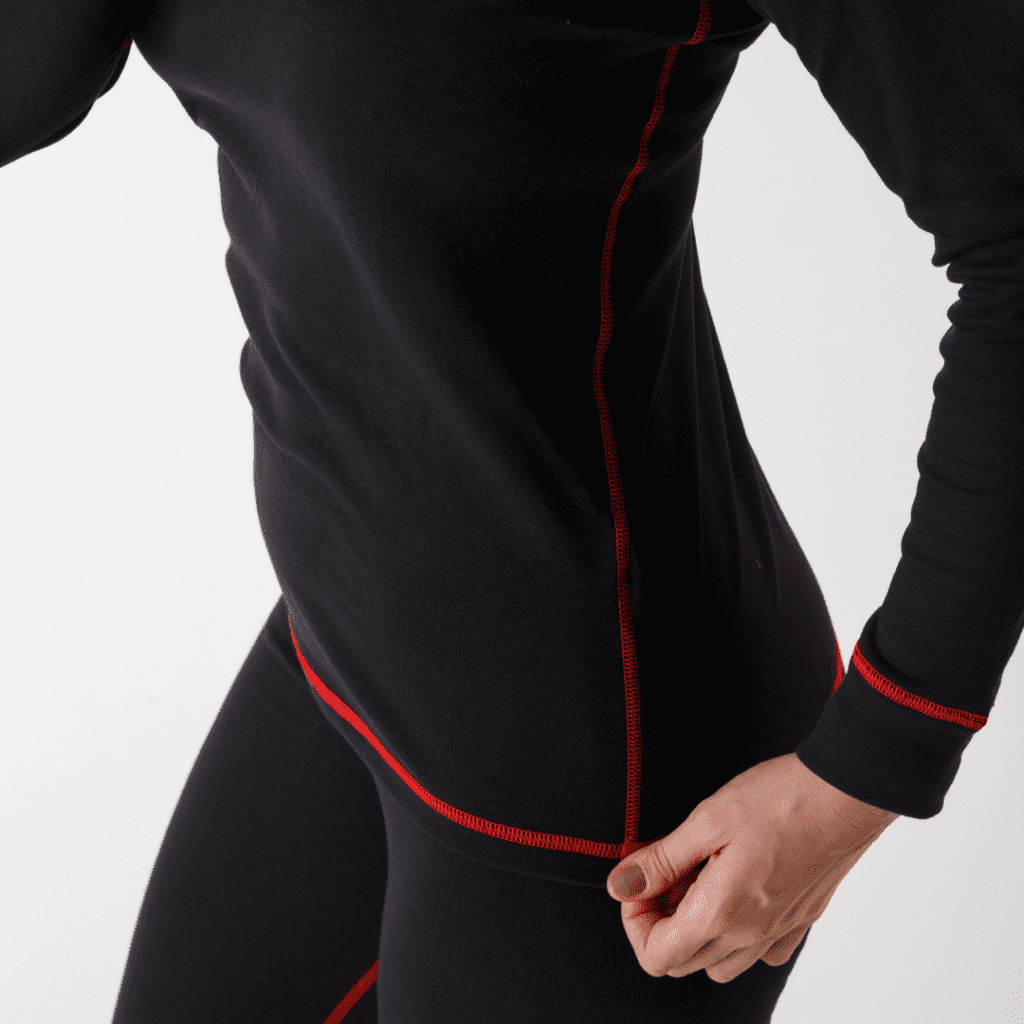
Insulating Mid-Layer
For a mid-layer, it will depend on the weather. Hoodies, fleece jackets, or a puffy all work here. This layer is there to keep you warm and you can even decide to do 1-2 layers here based on the temps and how you feel. Its job is to keep you warm. You may not need a mid layer if your outer layer is insulated, or if it’s a warm day.
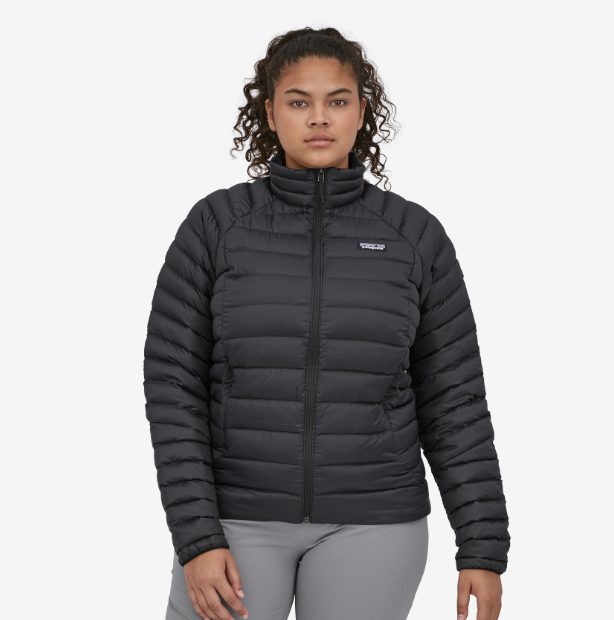
Outer Layer (Shell)
Shield yourself from snow and wind with a waterproof and windproof outer layer. You can wear the same snowshoeing jackets and pants as you wear for skiing and snowboarding – we do! The outer layer’s job is to protect you from wind and moisture, and it is designed to keep you dry and cozy in any weather. This layer is especially helpful if it’s snowing outside.
Some outer shell jackets have insulated layers built in while others come with layers that you can remove for warmer days. You can also choose a light outer layer that is only waterproof and windproof and add your own mid-layers underneath.
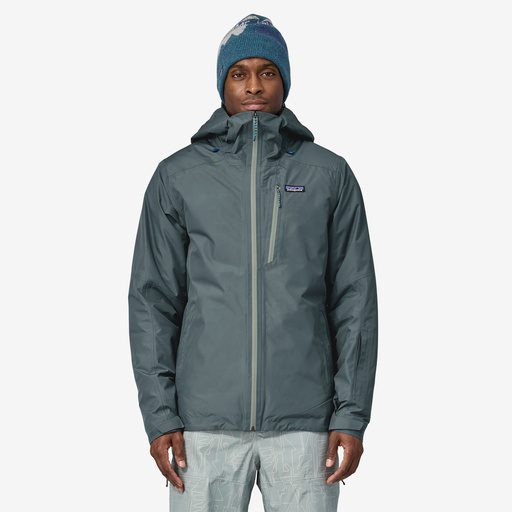
Head and Hands
Don’t forget your extremities! A warm hat and gloves or mittens are essential snowshoeing gear. Choose gloves or mittens with insulation and waterproofing to ensure your hands stay warm and dry. Not sure which to choose? Mittens are typically warmer, but gloves allow for more dexterity.
These neck and face protectors come in handy for snowshoeing on colder or snowy days, offering protection from the cold and snow. In extreme cold, a balaclava provides full-face coverage and added warmth.
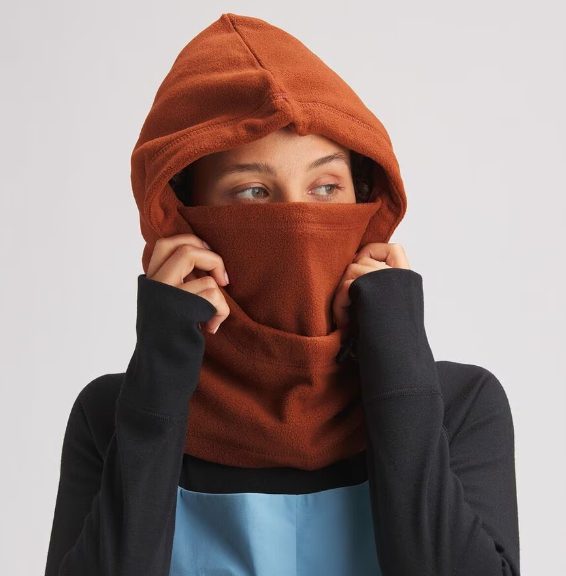
Footwear for Snowshoeing
Snowshoe Boots
The boots you choose for your snowboarding adventure are very important – perhaps the most important gear you use. The best boots for snowshoeing are waterproof and insulated snow boots. Boots that will keep your feet dry, warm and comfortable will be a game-changer for snowshoeing. I have a pair of mid-height waterproof hiking boots that I use for snowshoeing and they work great too! For deeper snow, you can use gaiters with shorter boots to keep snow from getting into your boots.
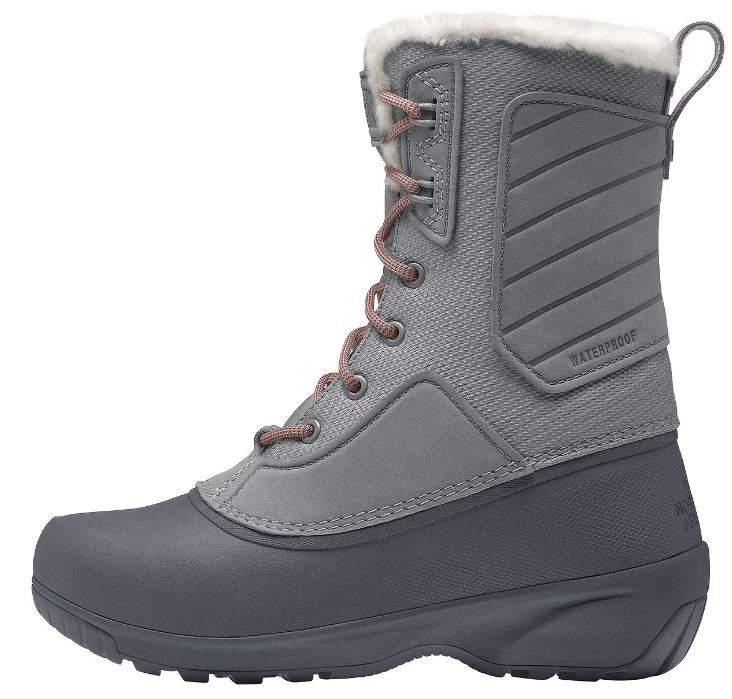
Socks for Snowshoeing
Socks are uber important for snowshoeing – if your feet are cold it can ruin your day. Keep your feet happy with moisture-wicking, warm socks. Look for a good, secure fit to prevent blisters and consider merino wool or synthetic blends which are durable, excellent for heat retention and vegan friendly! Avoid cotton socks, because this material retains moisture and can lead to damp and cold feet. For really cold days, you can add an extra layer of socks to keep your feet nice and toasty.
Gear Recommendations
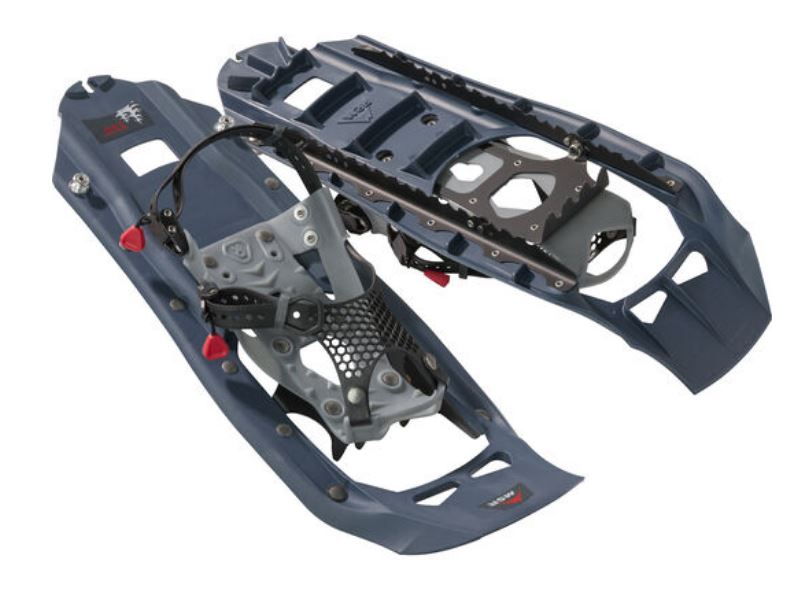
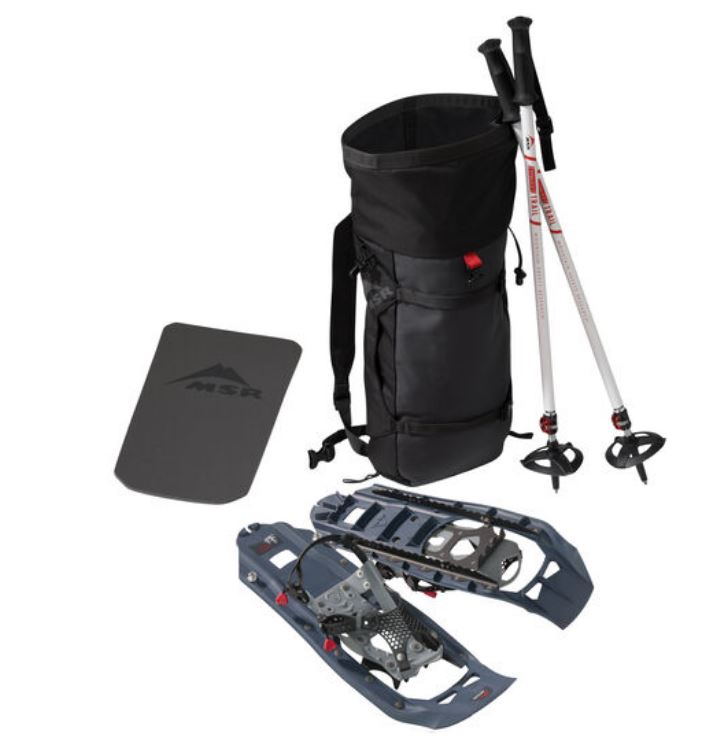
Snowshoes
The heart of your gear setup is, of course, the snowshoes. Snowshoe sizing depends primarily on your body weight, with additional considerations for the type of terrain and snow conditions. It’s important to select snowshoes that can securely fit your winter boots, and trying them on is recommended, especially if you’re between weight categories or have specific preferences. Proper snowshoe sizing ensures better comfort and maneuverability during your winter adventures. Most manufacturers provide weight recommendations and size charts for their snowshoes, helping you match your weight to the right size. Snowshoe outfitters will also make sure that the snowshoes you rent are fitted to your size and where you will be going.
Looking to buy snowshoes? Brands like MSR offer high quality options for a fantastic snowshoeing experience. We love their kits which include
Snowshoeing Poles
Poles are not an absolute necessity for snowshoeing, but they can be beneficial and provide added stability, balance, and efficiency, particularly in certain situations. If you use poles for hiking, you may want them for snowshoeing as well.
Snowshoeing Accessories
Key snowshoeing accessories we make sure to pack:
- Backpack: A backpack with hydration compatibility and extra storage for snacks and essentials is a helpful snowshoeing accessory. It also allows you to shed layers and stow them in your pack.
- Sunscreen and Lip Balm: Protect your skin from UV rays and dryness with sunscreen and lip balm—just because it’s cold doesn’t mean the sun isn’t beating down!
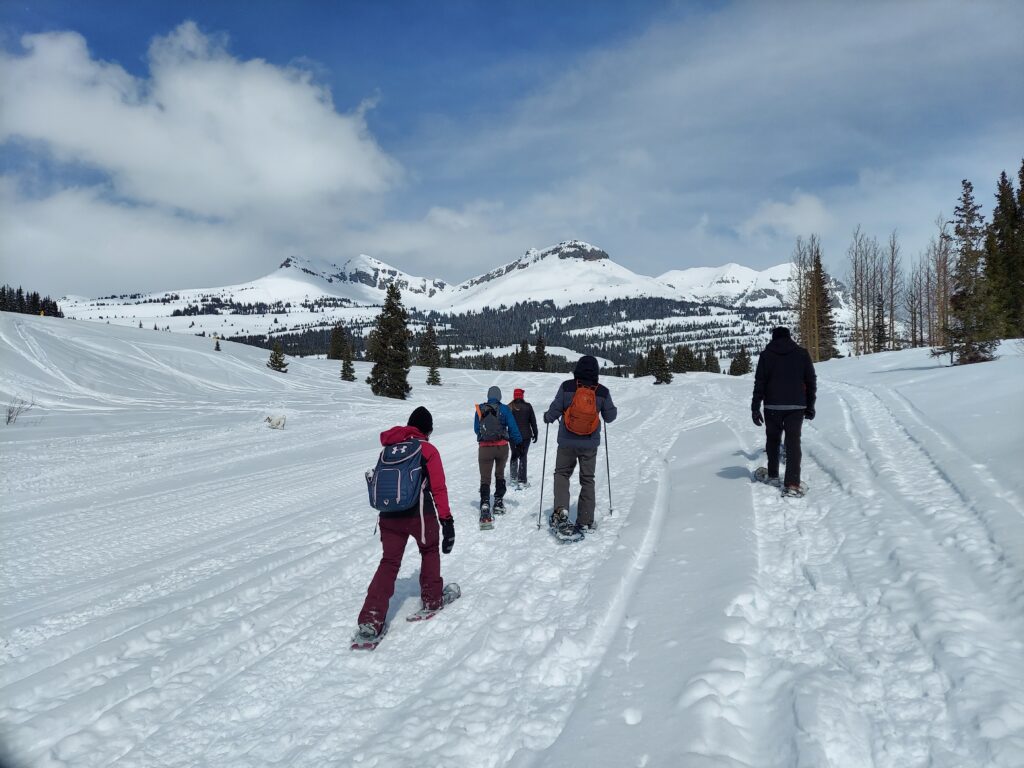
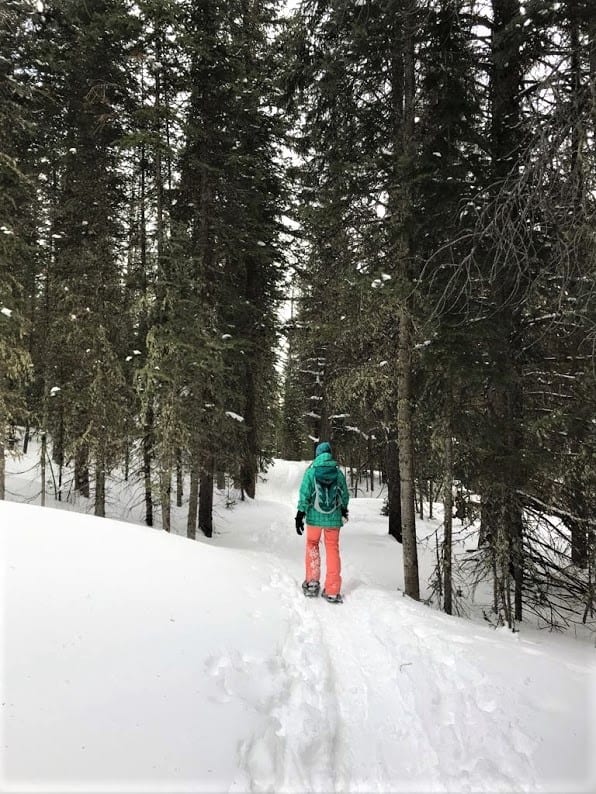
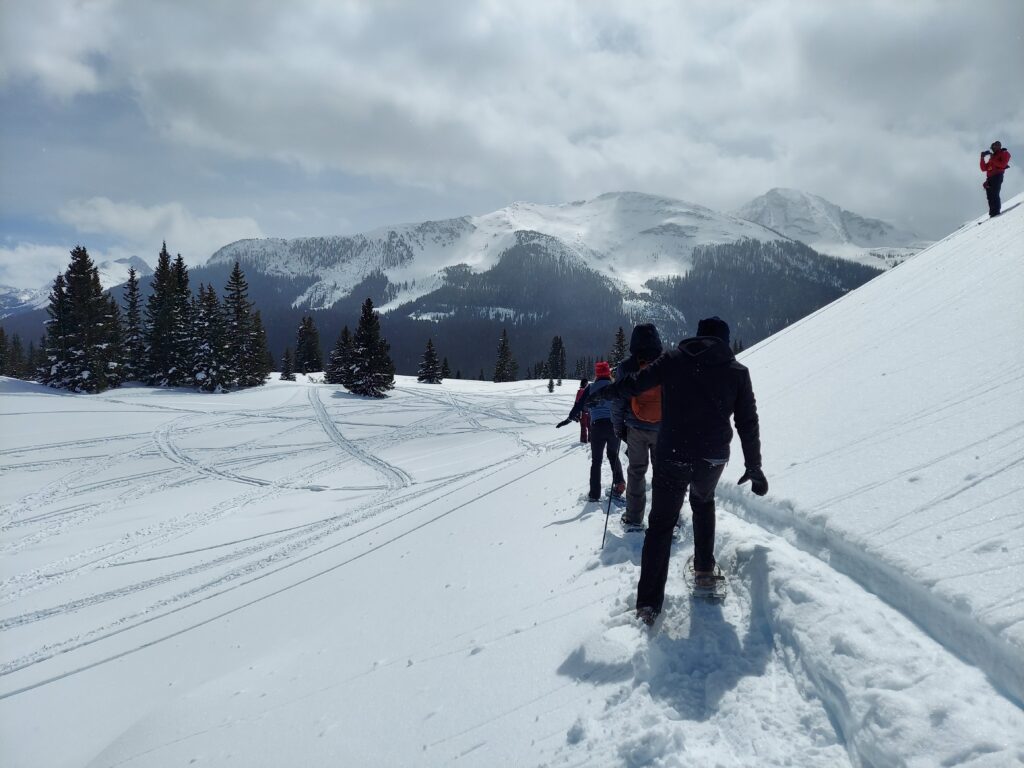
Additional Snowshoeing Safety Tips
- Safety first! Check the weather and trail conditions before heading out, and let someone know your plans.
- If you are traveling or unfamiliar with the area, check with a local outfitter or guide on the best trail for your level and ability, and understand weather, snow and avalanche conditions. Get a paper map to bring along or download the trail map on your phone. There may not always be an obvious trail, which makes trail navigation important.
- Consider carrying an emergency device like a Garmin In-Reach or SPOT messenger – especially if you will be in an area with limited cell service.
Now that you’re all set for what to wear snowshoeing, including the best clothing and gear, the next step is finding the best places to snowshoe! Whether you’re looking for snowshoe rentals, guided tours or lessons, TripOutside has vetted the best outfitters and guides across the U.S.!

